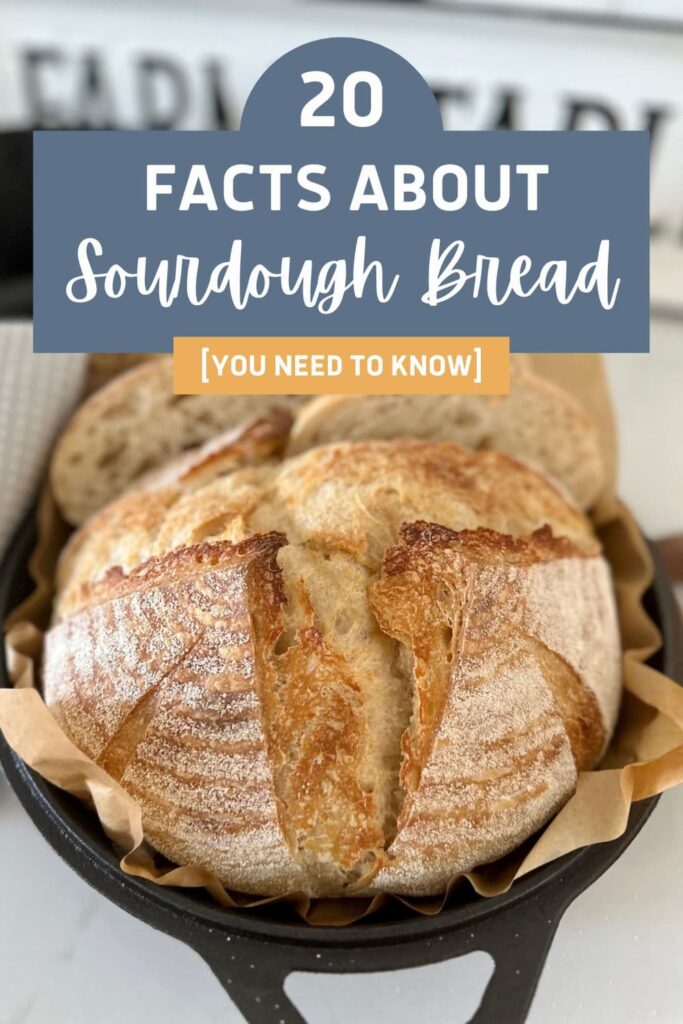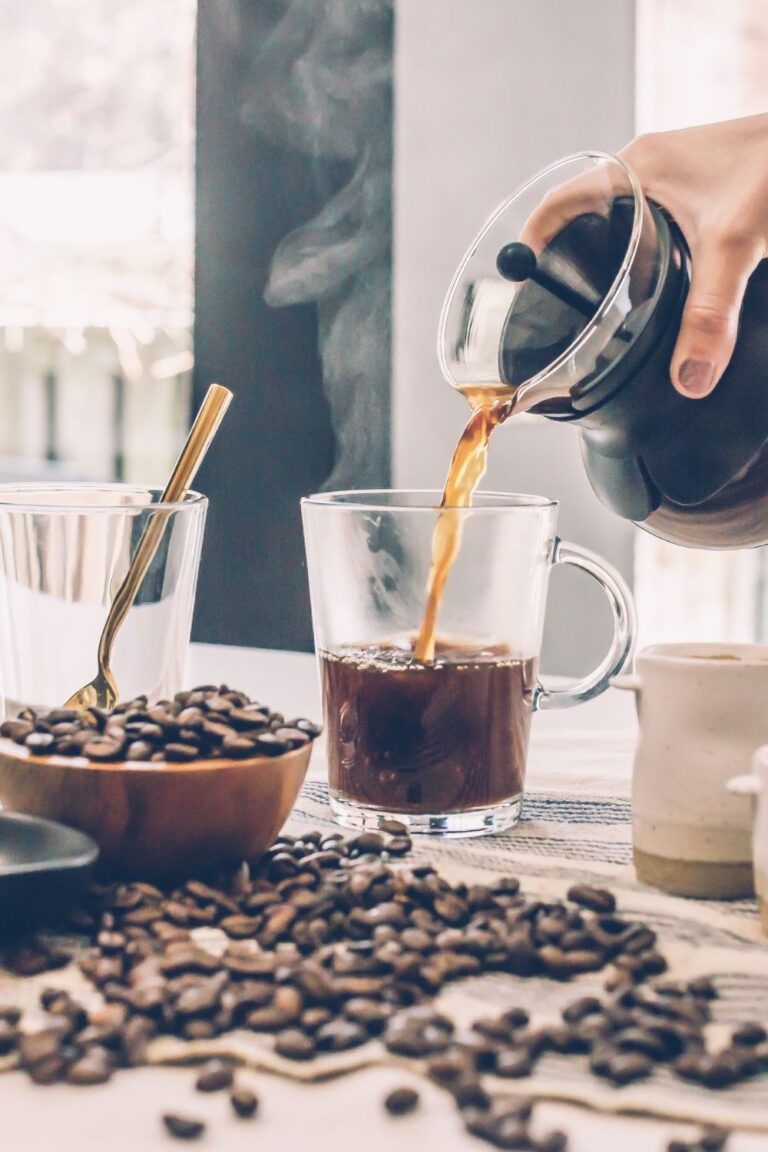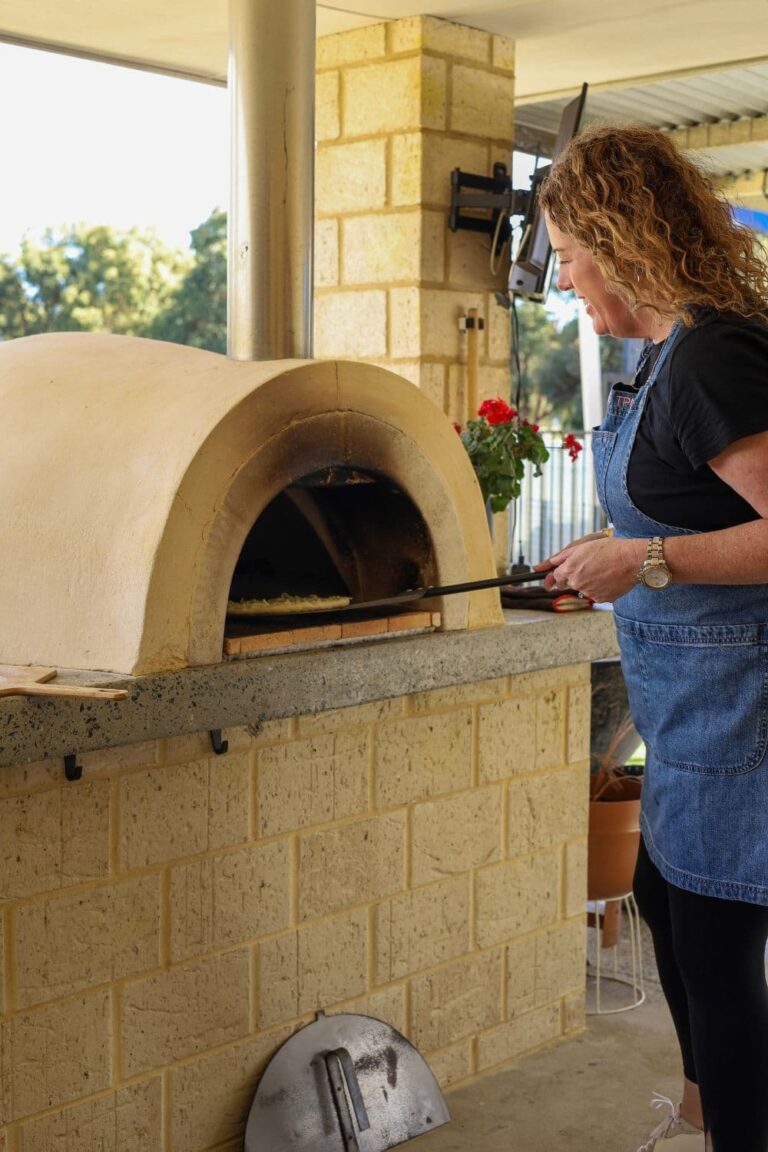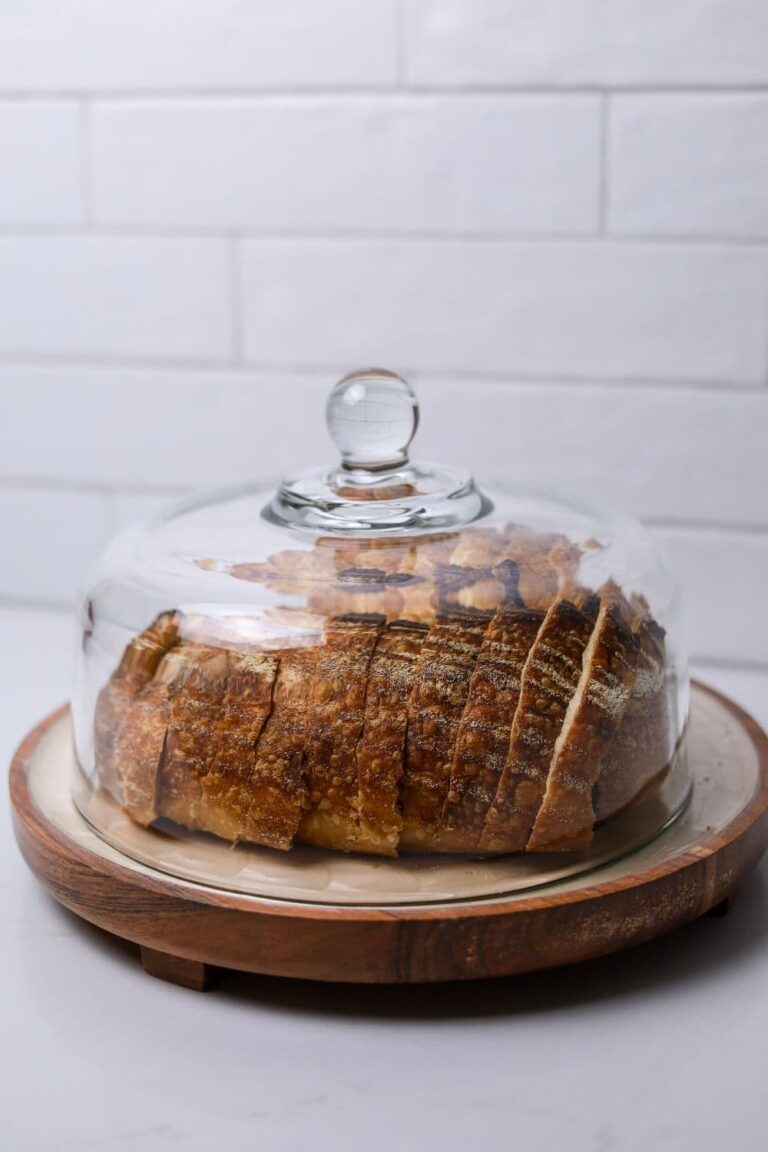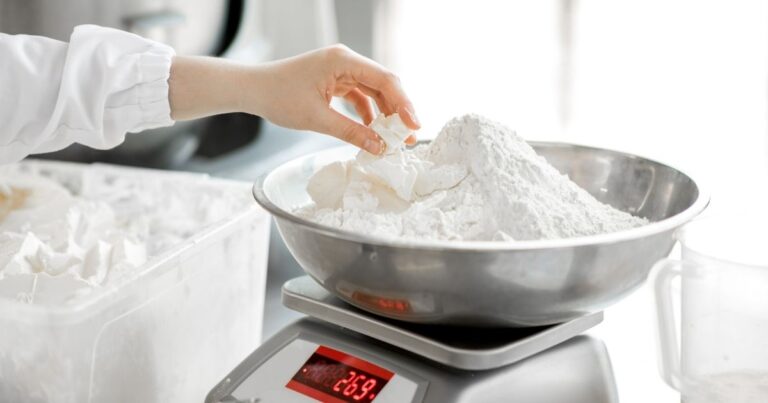20 Interesting Facts About Sourdough Bread To Know in 2024
This post may contain affiliate links.
Whether you're a seasoned sourdough baker or just beginning your sourdough journey, you will love these 20 interesting and fun facts about sourdough bread! These interesting facts about sourdough will help you have a deeper understanding of the origins, processes and health benefits surrounding the phenomenon of sourdough baking.
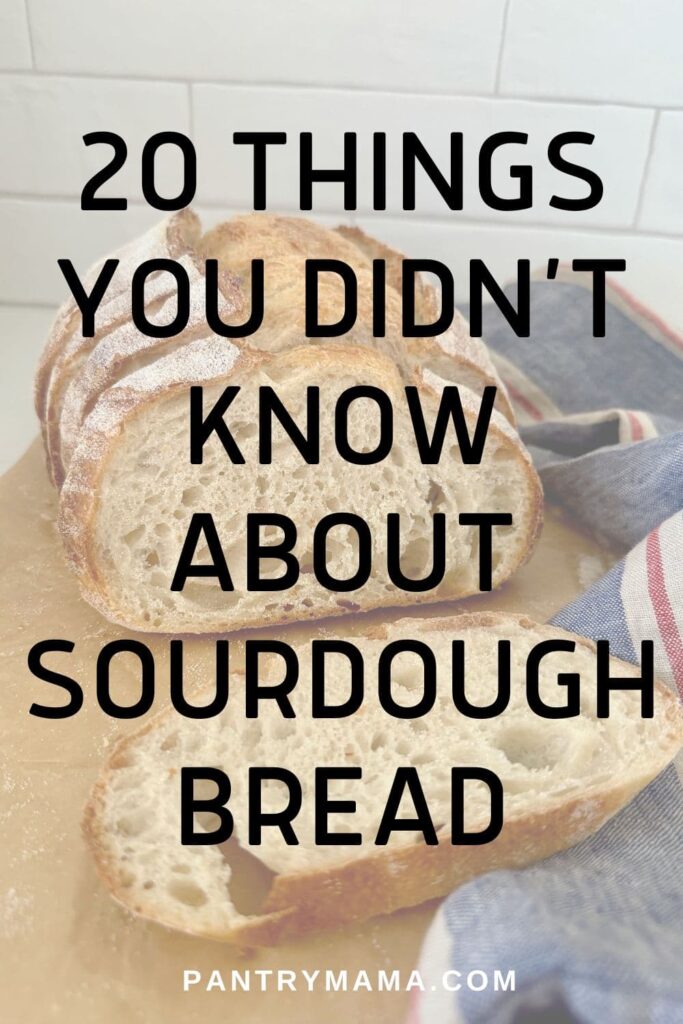
Sourdough bread differs from conventional bread in that it uses a wild yeast culture, teaming with good bacteria that has formed a powerhouse colony with the ability to rise bread dough. You can read more about the science of sourdough here.
With this naturally interesting process, there's so much more to sourdough than meets the eye!
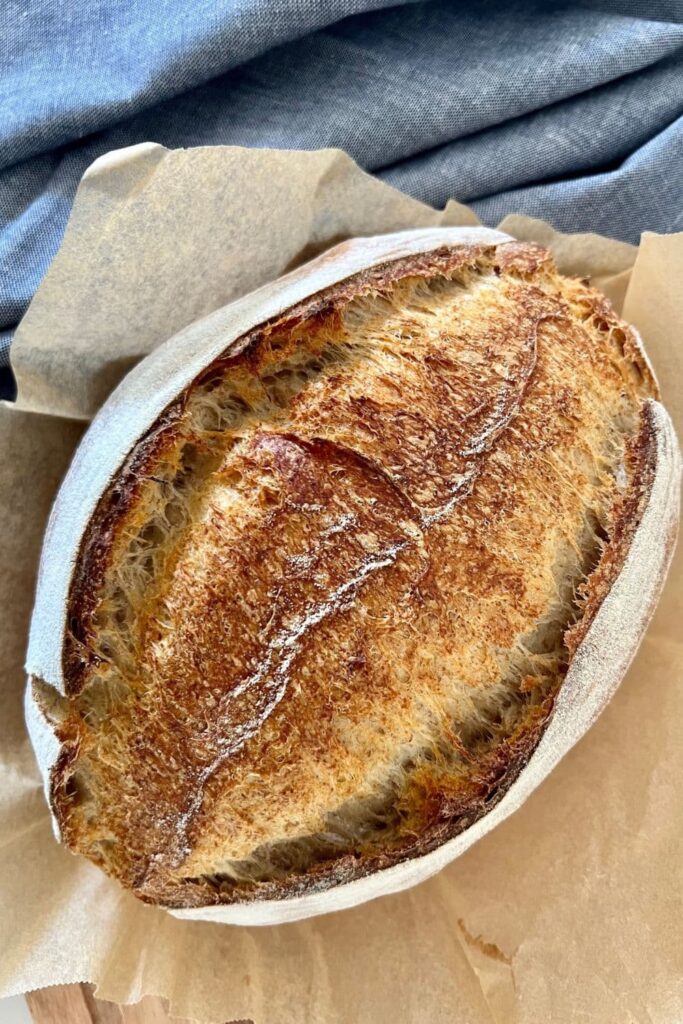
Sourdough Baking Resources
If you are just beginning your sourdough baking journey, you will find these sourdough resources helpful in using simple ingredients to create truly special, naturally leavened bread:
- Sourdough Glossary
- How to Make a Sourdough Starter from Scratch
- Beginner's Guide to Baking a Loaf of Sourdough Bread
- How To Identify Under Fermented Sourdough ... and How To Fix It
- How To Set Yourself Sourdough Goals to Fulfil Your Sourdough Dreams!
20 Interesting Facts To Know About Sourdough Baking
From sourdough's ancient origins to it's longer shelf life, these 20 interesting facts about sourdough bread will give you plenty of conversation starters next time you're lost for words or looking to chat about your passion for sourdough with your friends.
Sourdough Has Ancient Origins Dating Back to 3700BC
Sourdough bread has ancient roots, dating back to around 3700 BC in Switzerland and being consumed by ancient Egyptians and Greeks. The history of sourdough bread is very interesting and having an understanding of the origins of sourdough will give you a deeper respect for this ancient art form.
It was relied upon heavily during the Klondike Gold Rush by miners who were able to carry dehydrated sourdough starters to provide nourishment while they were panning for gold. The sourdough bread eaten by the miners during gold rush times was very primitive and no where near as delicious as the sourdough bread we produce today.
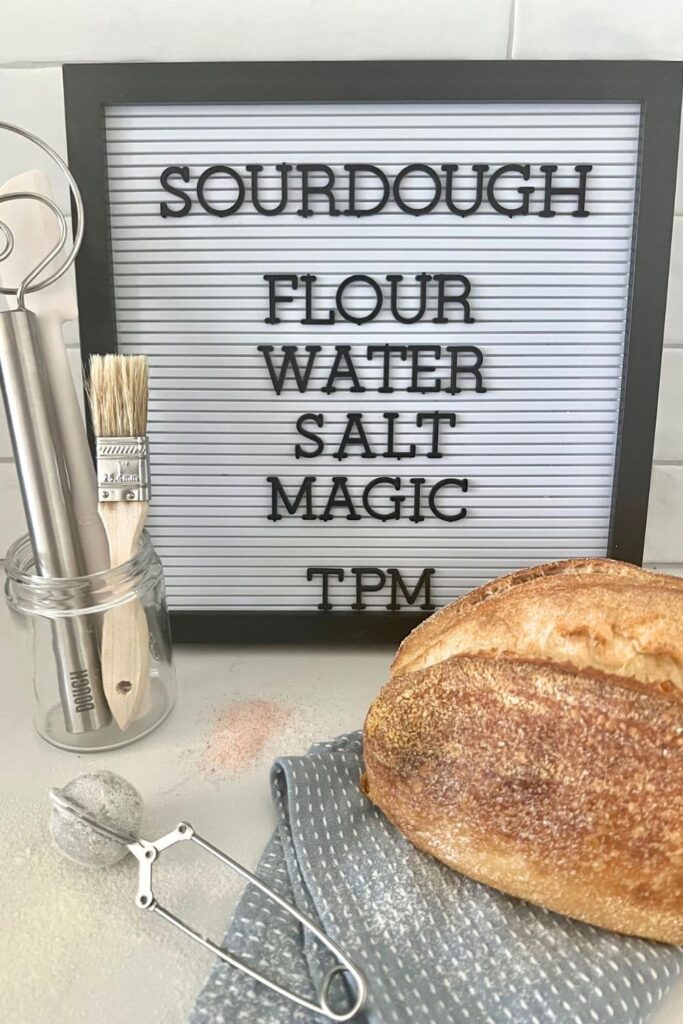
Sourdough Doesn't Have to be Sour, Despite its Name
While sourdough might make you think it must be tangy and sour, this is not actually true. The name "sourdough" actually refers to the method of leavening bread with a "sour dough" which in this case is the sourdough starter. Despite it's name, the bread itself doesn't have to be sour (unless of course you want it to).
With manipulation of time, temperature and ratios, you can produce bread with a more mellow flavor.
In fact, the more sourdough starter you use, the less time your dough will need to ferment, resulting in a milder flavor. Time, and patience, is definitely important when it comes to sourdough!
And let's not forget that it's possible to make soft sourdough cinnamon rolls, sourdough bagels and even sandwich rolls, all leavened with sourdough starter. These baked goods aren't traditionally sour, but can easily be made using your mature sourdough starter.
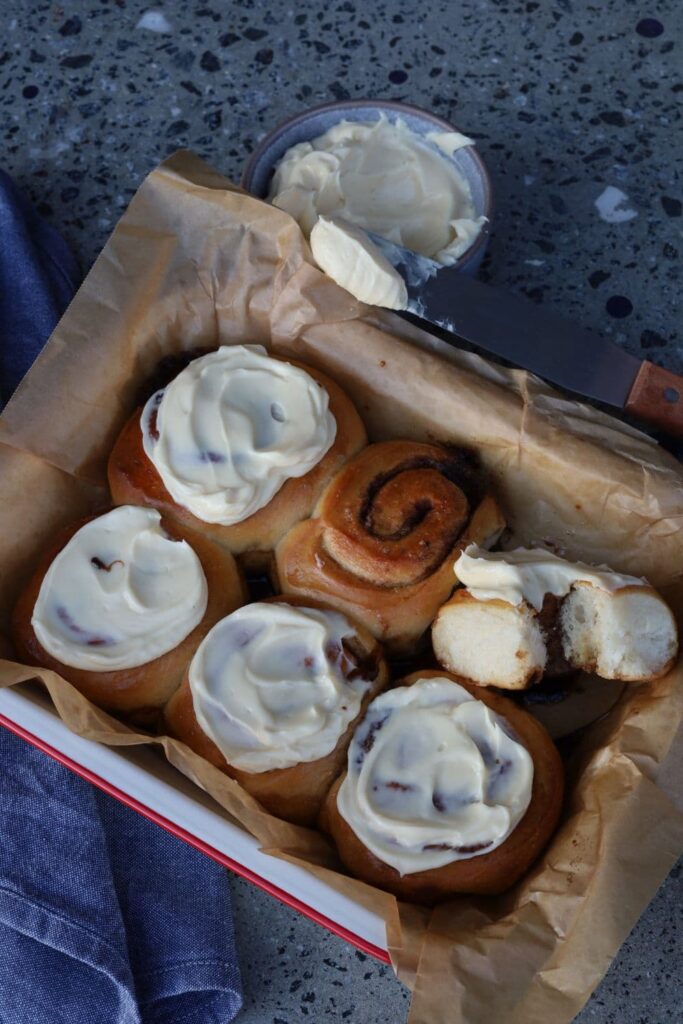
You can read more about making sourdough taste less sour here.
Sourdough Starter Can Be Suspended in Time
Sourdough starter does require constant maintenance if you're keeping it on the counter. This is perhaps one of the most off putting things about sourdough and one of the reasons many people never actually start making a sourdough culture (you can read about how much time it actually takes to make sourdough here).
But did you know that sourdough starter can in fact be dehydrated and the resulting powder will last indefinitely. This is how many sourdough cultures have been preserved through time.
In fact, a sourdough starter which was discovered from ancient Egypt was successfully brought back to life and used to bake bread in 2019!
You can bring your dry sourdough starter back to life with these instructions.
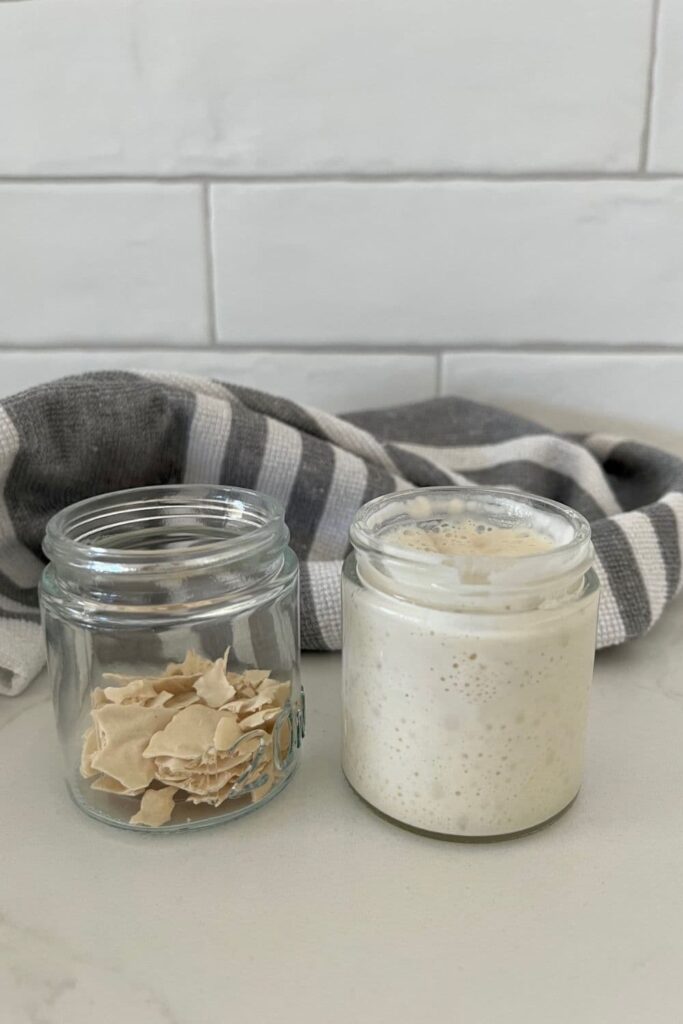
Salt Is More Important in Sourdough Than Just Flavor
While many people say that salt isn't really that important in sourdough and just provides the flavor, you might be surprised to know that it actually does a lot more than this.
Salt is responsible for helping to build a stronger gluten network, tempering fermentation and preserving the bread. While some countries do indeed bake bread without salt, forgetting to add salt to sourdough bread will result in a sticky, weak dough that really doesn't taste good at all.
You can read about the role of salt in sourdough here.
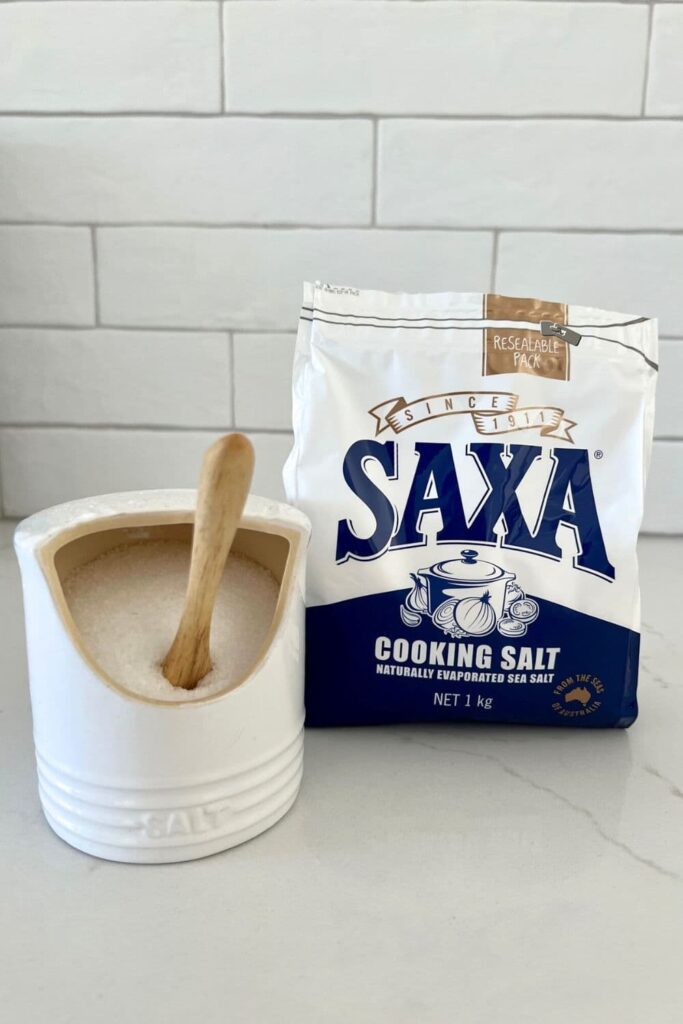
It's Really, Really Hard To Kill A Sourdough Starter
Unless your starter has visible mold, you can safely say that it's alive and kicking. The only reason to toss your sourdough starter would be if you can see fuzzy green mold or harmful pink or orange bacteria.
Pretty much every other scenario you can think of, while it might challenge the life of your starter, won't kill it off completely. Even if you accidentally bake your sourdough starter, you can use these instructions to bring it back to life.
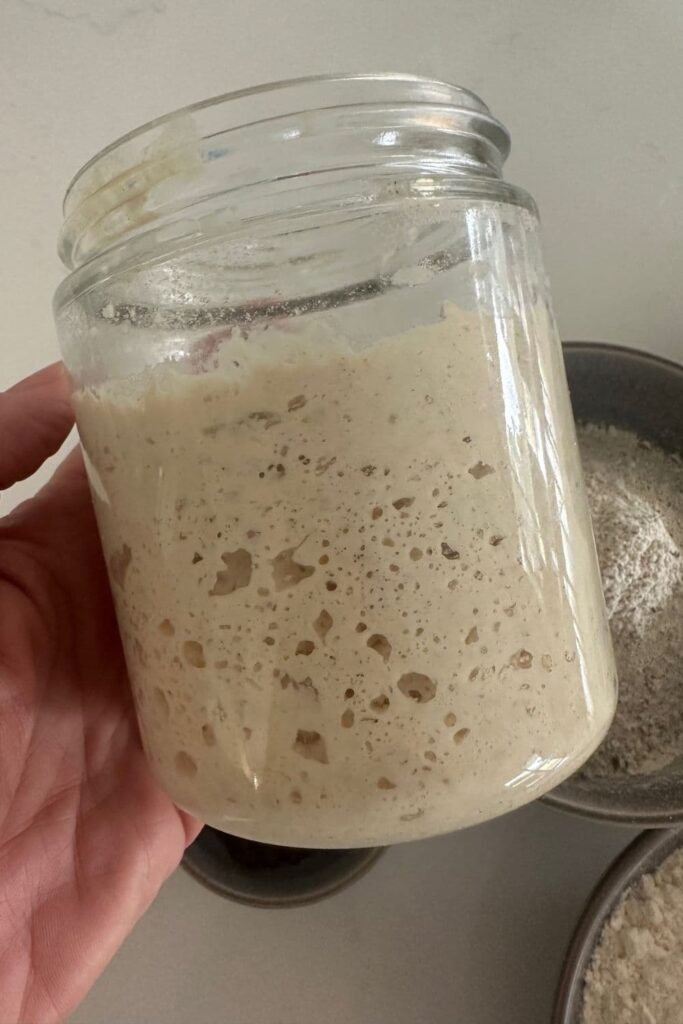
Sourdough Is Not Gluten Free
While sourdough is known for it's many health benefits, and it's ability to be tolerated by people with a gluten intolerance, it is not actually gluten free. Sourdough contains some gluten, although it is lower in gluten than commercially yeasted bread because the lacto acid bacteria break down the gluten during the cold fermentation.
You can read about gluten in sourdough bread here.
A Sourdough Starter is Full of Microbial Diversity
Sourdough's captivating flavor emerges from the vibrant microbial diversity within the starter, where wild yeast and lactic acid bacteria engage in a harmonious fermentation dance.
The starter's microbial diversity is not merely functional but represents a dynamic fingerprint, influenced by geography and the way in which it is cared for.
This intricate interplay of microorganisms evolves with each feeding, responding sensitively to environmental factors. The resulting sourdough becomes a living testament to the art and science of baking, where a simple mixture of flour and water transforms into a unique, flavorful entity that adds depth and character to every loaf.
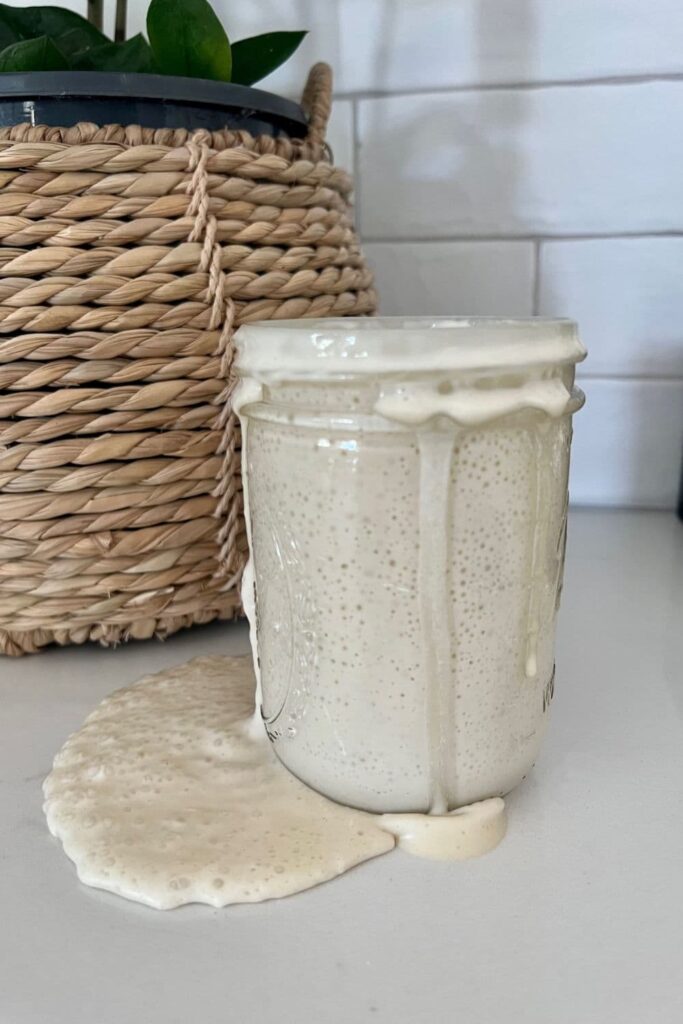
Weighing Your Sourdough Ingredients Will Give You A Better Chance at Sourdough Success
If you want to make the best sourdough possible, you need a kitchen scale! While many people use volume measurements and lament that our ancestors would have only used volume or visual measurements, it's proven that due to its scientific nature, you will get better success, and indeed more consistency, by using a kitchen scale.
You can learn more about weighing ingredients for sourdough bread here.
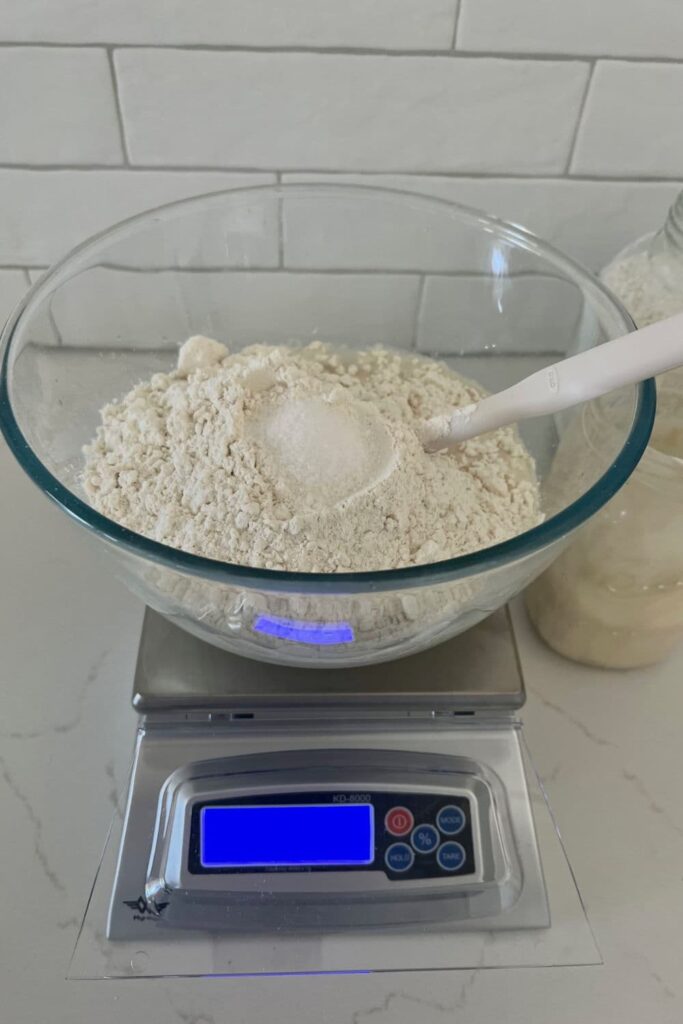
Sourdough Baking Has Its Own Language
Sourdough bakers do indeed have their own set of terminology. If you're new to sourdough baking, it might sound like they are speaking a whole other language. But once you get used to it, sourdough terminology will become part of your everyday vernacular.
Sourdough baking does borrow some of it's terminology from other languages and indeed other types of baking. An example of this is a batard and boule which are French words used to describe the shape of your sourdough.
Words like bulk fermentation, cold retard, autolyse and alveoli will make your way into your everyday thoughts once you start baking sourdough bread.
If you want to brush up on your sourdough terminology, this sourdough glossary is a great place to start!
Sourdough Has A Longer Shelf Life Than Commercially Yeasted Bread
Sourdough bread does not mold as quickly as regular bread because of the lactic acid bacteria it contains however due to it's lack of preservatives, sourdough will not stay as soft and fresh as regular store bought bread. You can read more about how long sourdough bread lasts here.
There are of course different ways to store sourdough bread to extend its freshness.
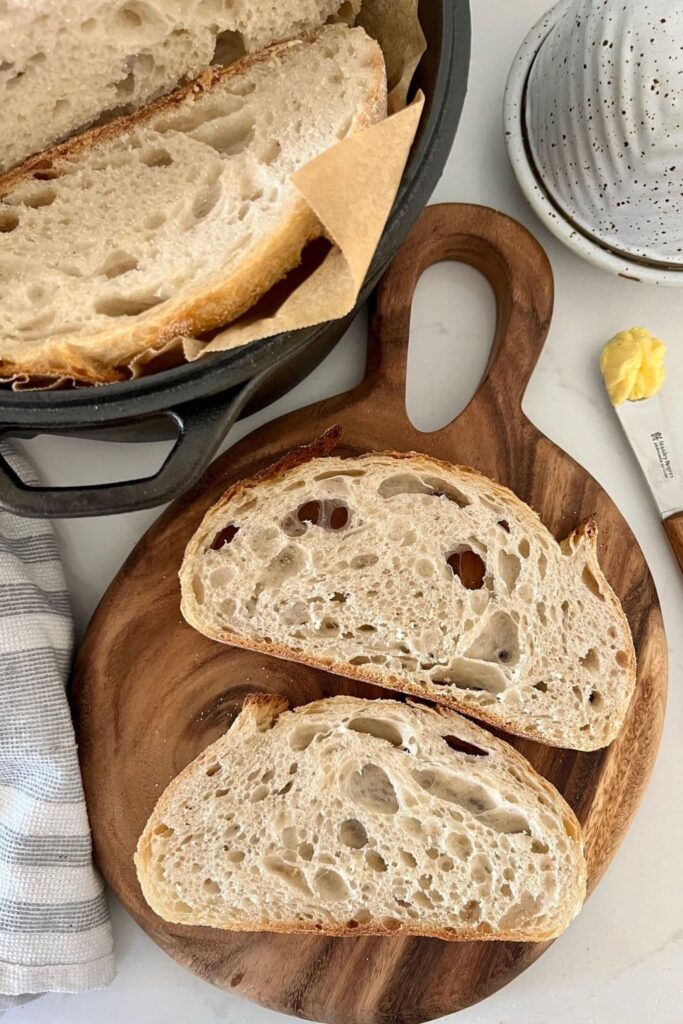
Sourdough Starter Cultivates Community as well as Wild Yeast
Sourdough baking has become a social phenomenon, fostering online communities, forums, and events where enthusiasts share recipes, troubleshooting tips, and their love for the craft, creating a global network of sourdough enthusiasts. It's also common practice for sourdough bakers to share their sourdough starter with other enthusiasts hoping to master the craft.
Growing wildly during the 2020 Covid19 pandemic, sourdough Facebook groups have become a standard thread of Facebook social fabrique. Speaking of which - have you joined my Facebook Group of over 160,000 sourdough bread bakers?
A Sourdough Starter Behaves Differently at Higher Altitude Than Lower Altitude
If you live at a higher altitude, you might find it a little harder to get your baking right. Higher altitude causes the yeast and bacteria in your sourdough starter to ferment more quickly, meaning that you will need to make adjustments to ensure your dough doesn't over ferment. You can read my guide to baking sourdough bread at high altitude here.
A Sourdough Starter Relies of Anaerobic Fermentation
A sourdough starter is a fascinating example of anaerobic fermentation, a process where microorganisms generate energy without the presence of oxygen. In the creation of a sourdough starter, a mixture of flour and water becomes a nurturing environment for wild yeast and lactic acid bacteria. These microorganisms, which thrive in the absence of oxygen, initiate anaerobic fermentation as they metabolize sugars present in the flour.
There is much controversy surrounding whether or not your starter requires a tight fitting lid or not.
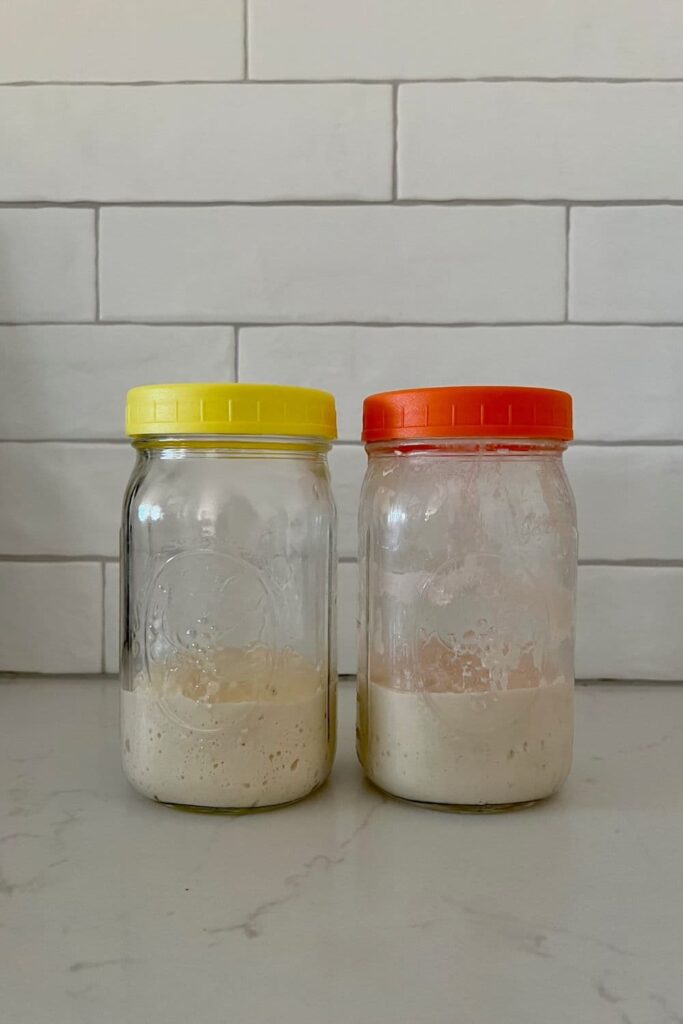
An Unfed Sourdough Starter Will Start To Produce Alcohol
If sourdough starter is not fed regularly, it will begin to produce hooch. This liquid, which can range from a clear liquid to a dark brown or black slurry is produced when your sourdough starter has used all of its food. It's an indication that your starter is hungry!
Hooch is actually alcohol and is a by product of the fermentation occurring in your starter.
It's Just As Easy To Make 2 Loaves of Sourdough as it is to Make One Loaf
If you are going to the effort of making a loaf of sourdough bread, did you know that it takes just as much energy to make one loaf, as it does to make 2, or even 3? This means that it's really easy to have a couple of loaves of sourdough on hand at all times.
I love to bake one and pop one in the freezer for another day. Or even gift another one to a friend. Sourdough actually freezes really well.
I've put together some tips and tricks for baking multiple loaves of sourdough here.
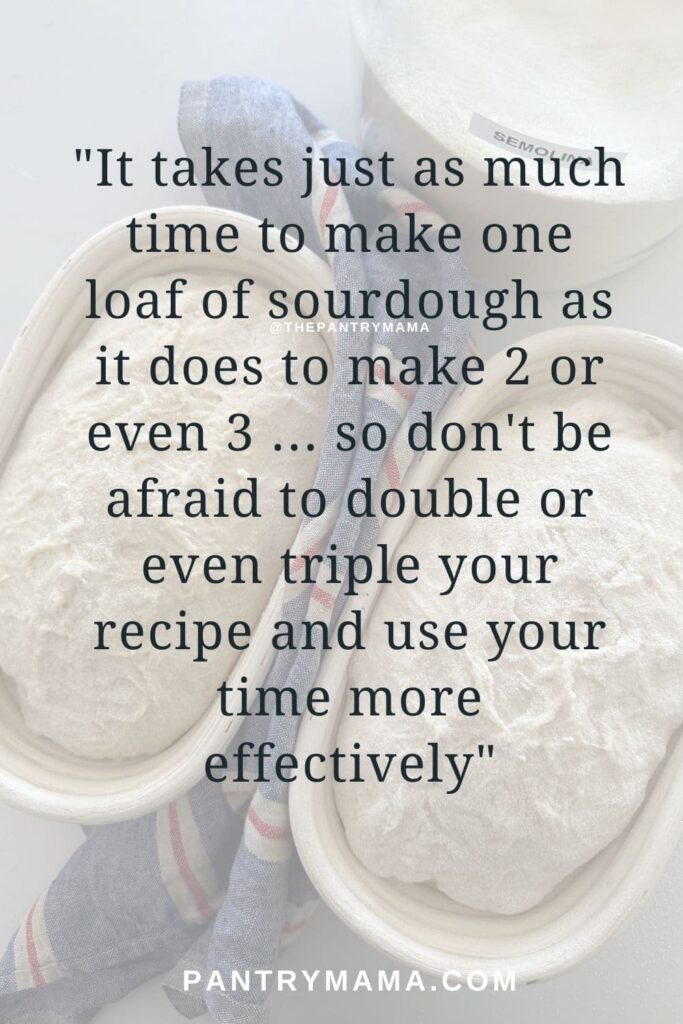
Sourdough Bread Has A Lower Glycemic Index Than Regular Bread
Sourdough bread, fermented through the action of wild yeast and lactic acid bacteria, stands out for its lower glycemic index compared to conventional bread. This lower glycemic index is attributed to the organic acids, such as lactic and acetic acid, produced during fermentation. These acids slow down starch digestion, leading to a more gradual release of glucose into the bloodstream. Acetic acid, in particular, has been associated with controlling blood sugar levels.
Additionally, sourdough fermentation reduces anti-nutrients, potentially increasing the bioavailability of nutrients, and introduces beneficial bacteria, which may contribute to improved gut health.
While sourdough's benefits in blood sugar regulation are promising, individual responses can vary. Factors like personal metabolism and overall diet should be considered, and those with specific health concerns should seek personalized advice from healthcare professionals or registered dietitians.
The Yeast In Your Sourdough Starter Cannot Actually Move, Despite Being Alive
Have you ever wondered what is actually going on in your sourdough starter jar. You might be surprised to know that despite being a living microrganism, the yeast in your jar can't actually move around.
This is why it's a good idea to stir your sourdough starter really well. It's also the reason that stirring your starter after a few hours will make it rise more quickly because it makes the flour in the jar more readily available to the wild yeast and bacteria.
Some of the Yeast In Your Jar Comes From Your Hands
While many people believe the yeast in your sourdough starter comes solely from the air around them, the truth is, some of the yeast in the jar actually comes from your own hands. This further creates a unique blend of wild yeast, making each sourdough starter truly special.
You can read more about where the yeast in sourdough starter comes from here.
You Can Use Metal To Stir Your Sourdough Starter
Despite many people saying metal is dangerous for sourdough, you can use stainless steel to stir your sourdough starter. You can even ferment your sourdough in a stainless steel bowl if you want to.
The reason many people believe metal is a no no when it comes to sourdough is that reactive metals, like silver and copper are not a good idea. The acids in the sourdough will actually react to the metal. This is not the case with stainless steel, which means that using a stainless steel knife to stir your starter is absolutely fine.
Your Sourdough Starter Can Survive In The Fridge For Long Periods
Once your sourdough starter is mature and well established (generally after 3 to 4 months of feeding), you can keep your starter in the fridge. It will survive unfed for a really long time (I have a back up starter in the fridge that hasn't been fed for well over a year).
Sourdough starter stored in the fridge for long periods will generally develop a layer of dark brown or black hooch. But don't let this fool you. Once you've fed the starter with fresh flour and water and allowed it to warm to room temp, it should bubble away like it did before you put it in the fridge.
Similarly, you can also freeze sourdough starter.
